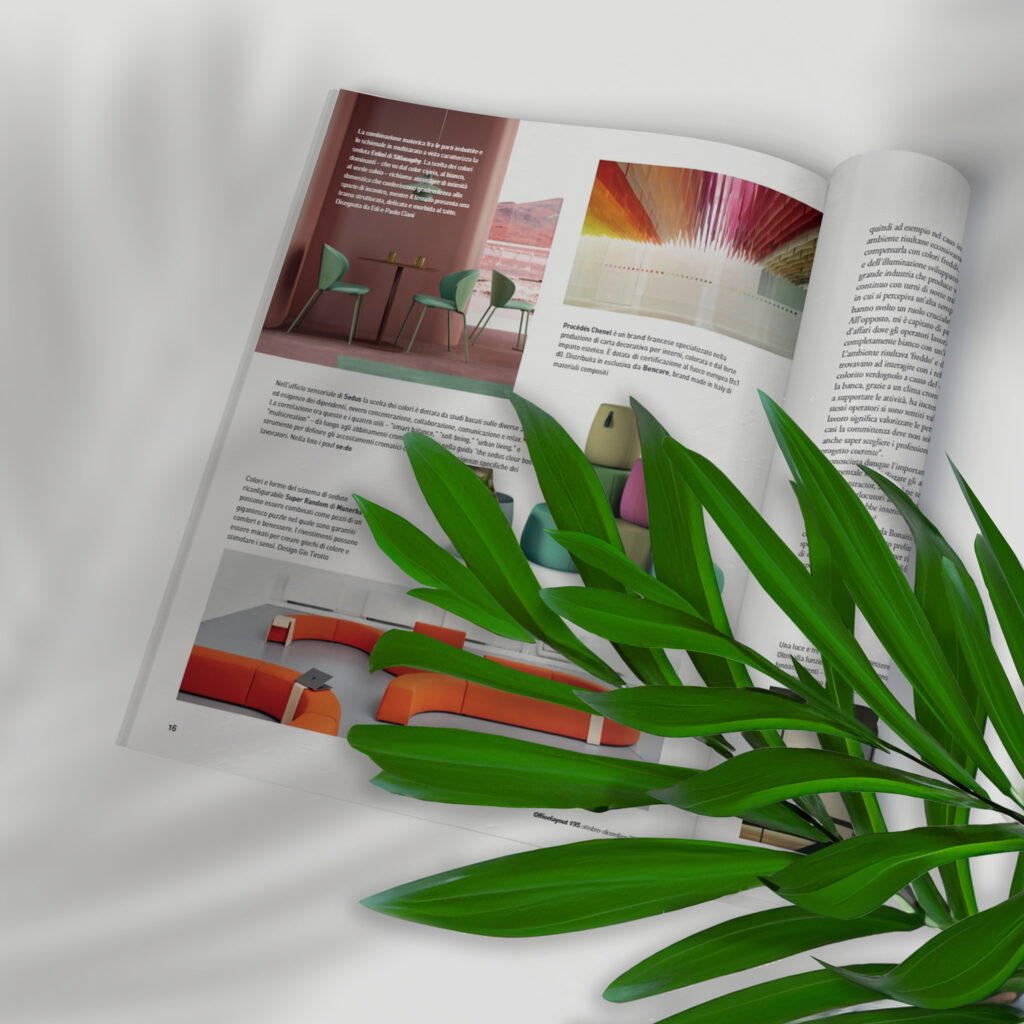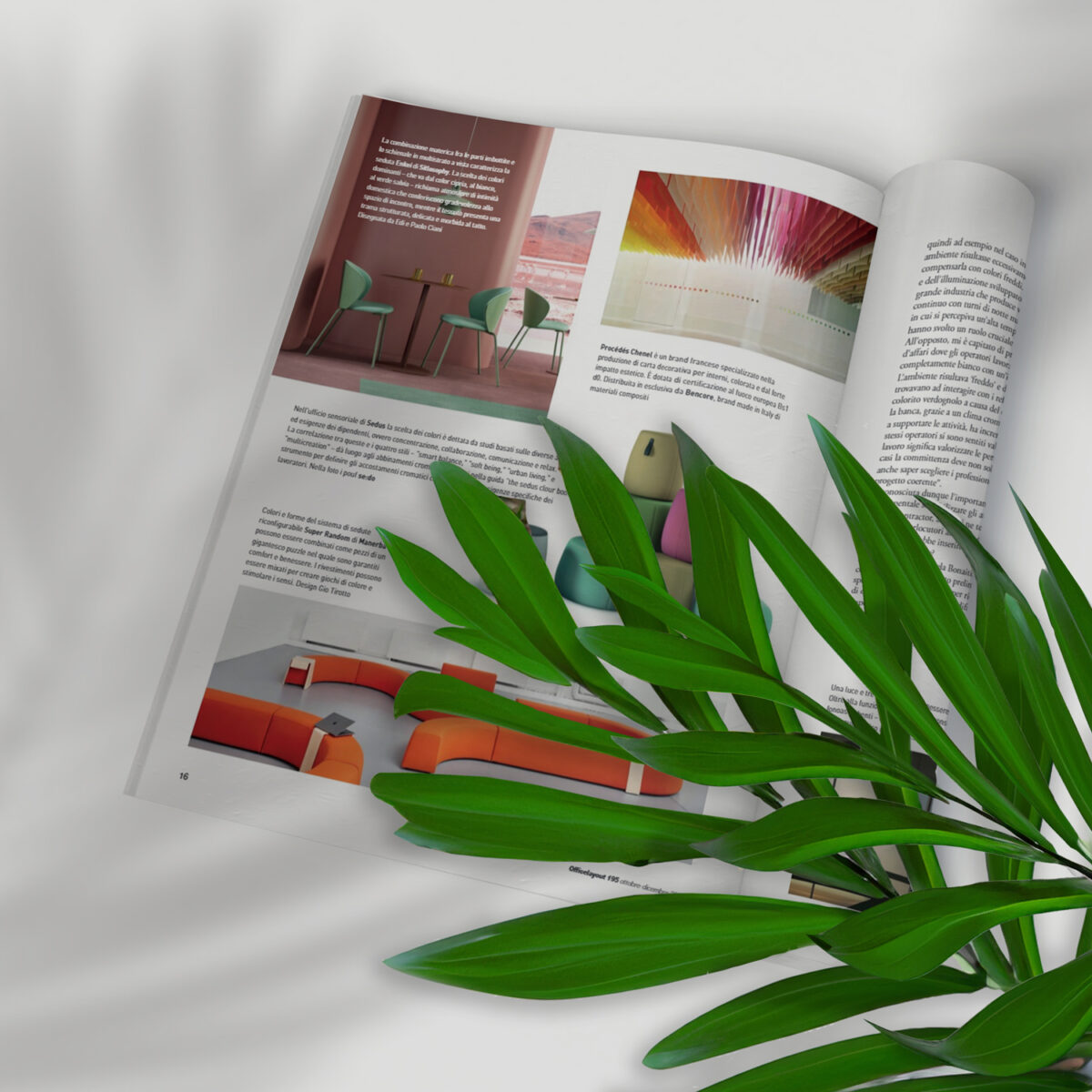In the context of the evolution of the office concept and the growing awareness of employee well-being, the multisensory office emerges as an innovative perspective geared towards improving the quality of working life. In this scenario, furniture, and in particular seating, plays a key role in shaping an environment that promotes well-being and work efficiency.
In this article, we will explore the importance of a multisensory office and look at how furniture, particularly seating, can contribute to this goal.
1. The multisensory office
The multisensory office is a concept that aims to engage the human senses to enhance the overall work experience. Involving not only sight, but also hearing, touch and even smell, a multisensory environment promotes a holistic approach to employee well-being. Studies have shown that a multisensory work environment can reduce stress, increase productivity and improve employee satisfaction.
2. The role of furniture in the multisensory office
Furniture is a key element in the implementation of a multisensory office. The choice of ergonomic and functional furniture can greatly improve employee comfort and satisfaction. Ergonomic seating, for example, can reduce fatigue and prevent posture-related health problems, contributing to the general well-being of employees.
3. Focus on seating: comfort and ergonomics
Seats are a crucial part of office furniture, and their design should focus on comfort and ergonomics. Ergonomic chairs, adjustable in height and tilt, can adapt to the individual needs of employees, reducing physical stress and improving posture, but so can fixed chairs whose seating is designed for maximum design and comfort. Quality materials and attractive design can also contribute to the aesthetics of the office, creating a pleasant and stimulating environment.
4. Customisation and flexibility: key elements
An effective multi-sensory office is also flexible and allows for customisation of space. Modular seating allows for a versatile configuration of working environments, adapting to different activities and personal preferences. This flexibility promotes a feeling of control and comfort for employees.
Chairs such as Enkei, characterised by a high degree of customisation, are also an ideal furniture option: enveloping shapes combined with sustainable materials.
5. Integrated technology: a further step forward
Integrating technology into furniture can be a further step in the implementation of a multi-sensory office such as the USB socket available for the Mantra and Ikebana collections that offer the user an additional functionality.
Read the article in issue 195 of Office Layout: https://www.soiel.it/sfogliabili/officelayout/2023/195/show_rivista.php














